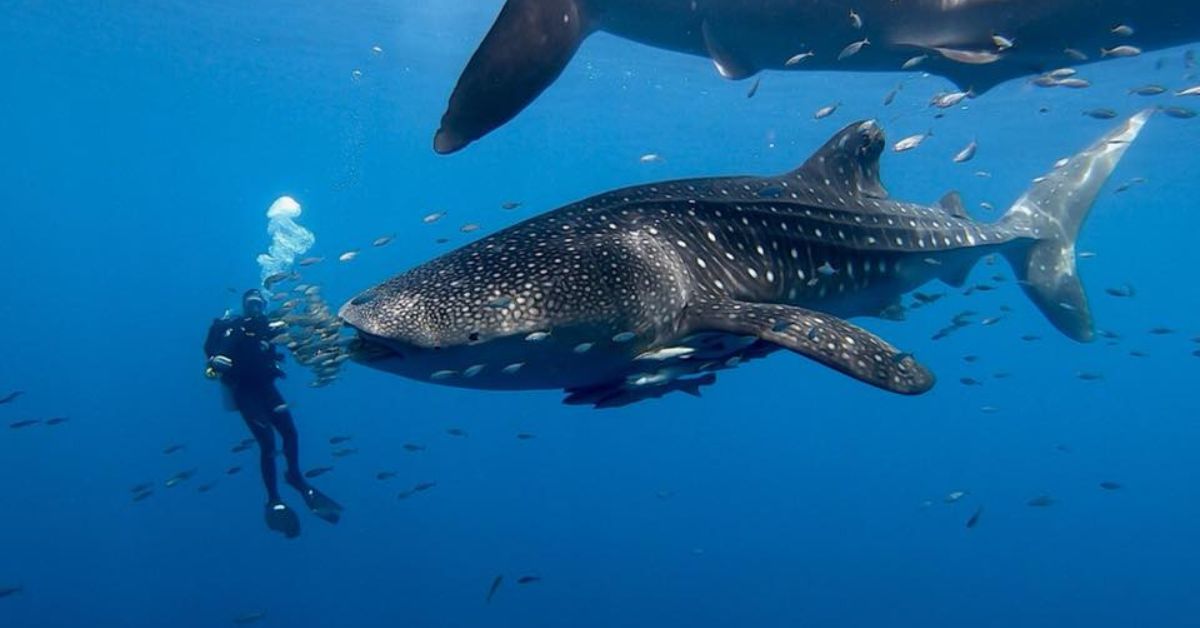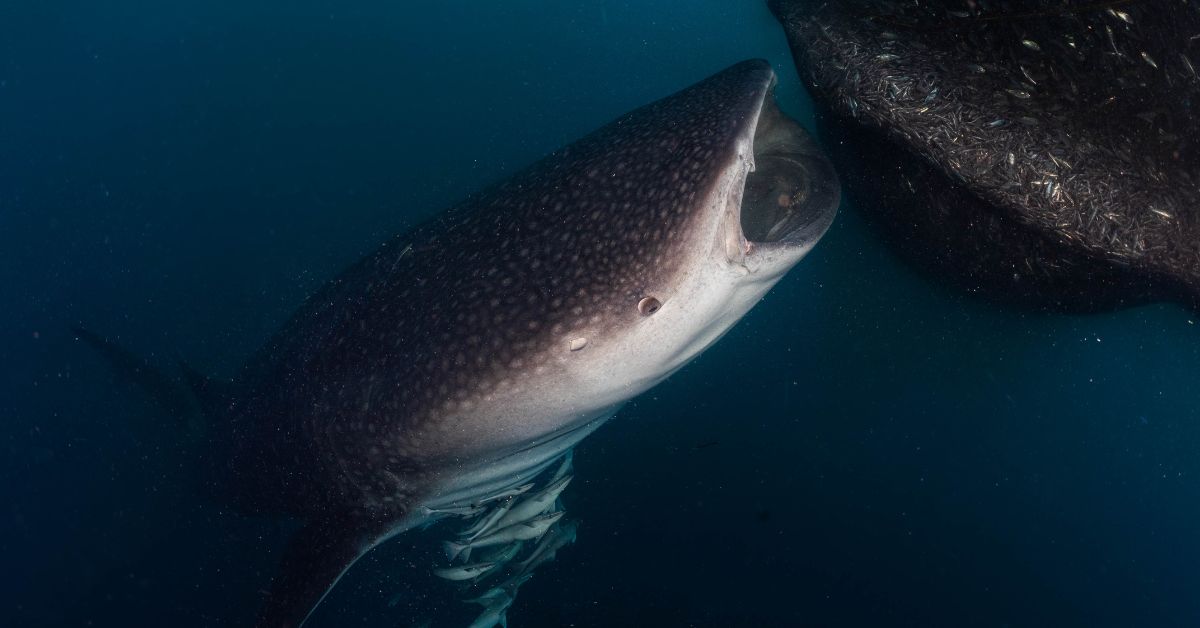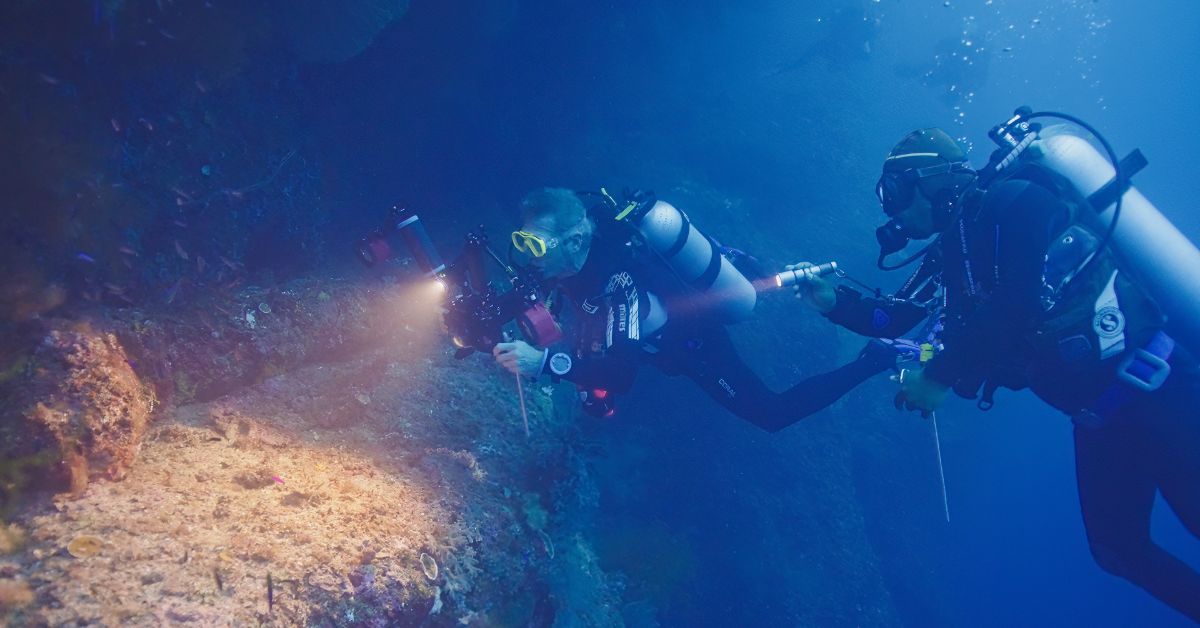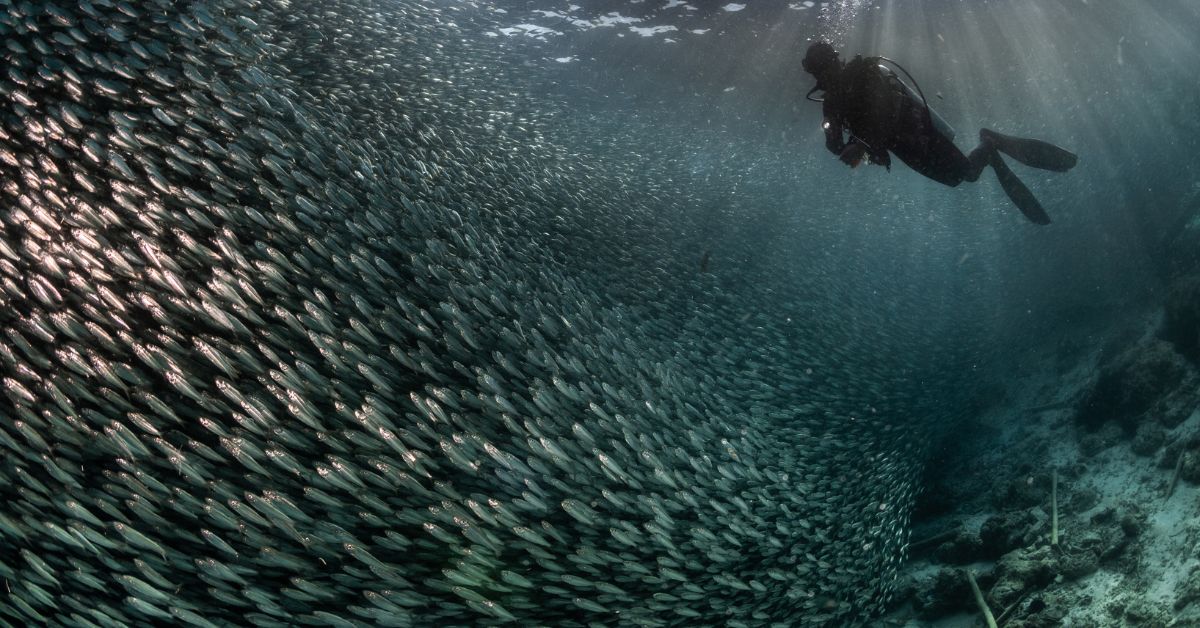Scuba and deep-sea diving offer thrilling underwater experiences, allowing explorers to discover marine wonders. However, there are key differences between these two forms of underwater adventure. Scuba diving is accessible to many and popular among recreational divers exploring coral reefs and marine life. Deep-sea diving, however, is more specialized and requires advanced training and equipment because of the hazards associated with diving to extreme depths.
Learn the difference between scuba diving and deep-sea diving in the information below.
The Basics
The word “scuba” originates from the device used by divers when exploring the ocean depths: self-contained underwater breathing apparatus (SCUBA). Compared to traditional snorkeling, the oxygen tank allows divers to stay submerged for longer periods and reach greater depths. For most individuals, scuba diving is a thrilling recreational activity.
Alternatively, deep-sea diving involves exploring depths beyond what’s accessible to scuba divers. While this is certainly a thrilling recreational activity, it requires specialized training and equipment to handle these exceptionally deep dives. For some people, deep-sea diving is a professional pursuit, such as for marine biologists or commercial divers.
Depth of Dive
The depths reached in scuba and deep-sea diving differ significantly. Scuba divers typically stay within recreational limits of around 40 meters underwater. This depth allows for ample exploration of coral reefs and marine life with diminished risk of decompression sickness than at greater depths.
On the other hand, deep-sea divers can go over 100 meters below the surface. The more experienced a diver is, the deeper they may be able to go. New deep-sea divers should have ample scuba diving experience under their belts before they attempt the lower depths.
Physical Demands
Although both water activities are exhilarating forms of exercise, they require different physical capabilities. Scuba diving is generally less physically demanding than deep-sea diving, as it typically involves diving to shallower depths and does not require long periods of time underwater.
On the other hand, deep-sea diving can be quite physically challenging, especially as you reach deeper depths; the deeper you go, the more intense the pressure on your body becomes. This requires advanced training and physical fitness to handle the increased pressure and possible nitrogen narcosis, a condition caused by breathing compressed air at significant depths.

Training and Certifications
Formal training is essential for both activities, as it helps keep you safe during underwater adventures. Scuba training focuses on basic skills and safety, while deep-sea training involves mastering advanced techniques and equipment.
Scuba Diving Training
Learning to scuba dive requires training on how to use your gear, proper breathing techniques, and safety procedures. A scuba certification course generally consists of a mix of classroom education and practical training in confined water or open water. Your certification level will also determine how deep you can dive and the types of environments you are qualified to explore.
Deep-Sea Diving Training
Deep-sea diving training is more extensive than scuba diving. In addition to teaching proper deep-diving techniques, a course may cover advanced navigation and handling emergencies at great depths.
Equipment Used
Scuba and deep-sea diving require an assortment of equipment, such as:
- Diving mask
- Buoyancy control device
- Wetsuit
- Fins
- Regulator
- Scuba tank
- Dive light
- Snorkel
One of the main differences in the equipment used is the type of air supply. Scuba divers use open-circuit systems, which release exhaled air into the water. Alternatively, deep-sea divers use closed-circuit systems, which recycle the exhaled air; divers breathe in and out through a mouthpiece.
Safety Risks
Every activity comes with risks, and scuba diving and deep-sea diving are no exception. Scuba divers face potential hazards such as decompression sickness, barotrauma, and nitrogen narcosis. Adhering to safety protocols, such as ascending slowly and monitoring the air supply, helps mitigate these risks.
Because of the extreme depths, deep-sea divers encounter additional dangers, including oxygen toxicity, hypothermia, and equipment malfunctions. Advanced safety measures, such as decompression stops and hyperbaric chambers, are essential, and training on emergency procedures is also crucial.
During these activities, you have a limited air supply, so scuba and deep-sea divers should adhere to the “one-third rule” of diving. This guideline indicates that one-third of your air supply should be used for the descent, one-third during exploration, and the final third for your ascent.
Prioritize Safety
Always follow the guidelines you learned during training. Likewise, if you book a scuba diving or deep-sea excursion, listen to your guide. The area you’ll be diving in may have specific risks, and your guide will know how to navigate them safely.
Duration of Dives
Scuba diving is generally a shorter activity. Because of the limited air supply in scuba tanks, most dives last 45 to 60 minutes. Often, this duration includes the time required for a safety stop.
Deep-sea dives can last much longer than scuba dives, with some professionals staying underwater for several hours. A key reason deep-sea dives are longer is that divers use advanced equipment that allows for longer underwater stays. Likewise, descents and ascents take longer because of the depth.
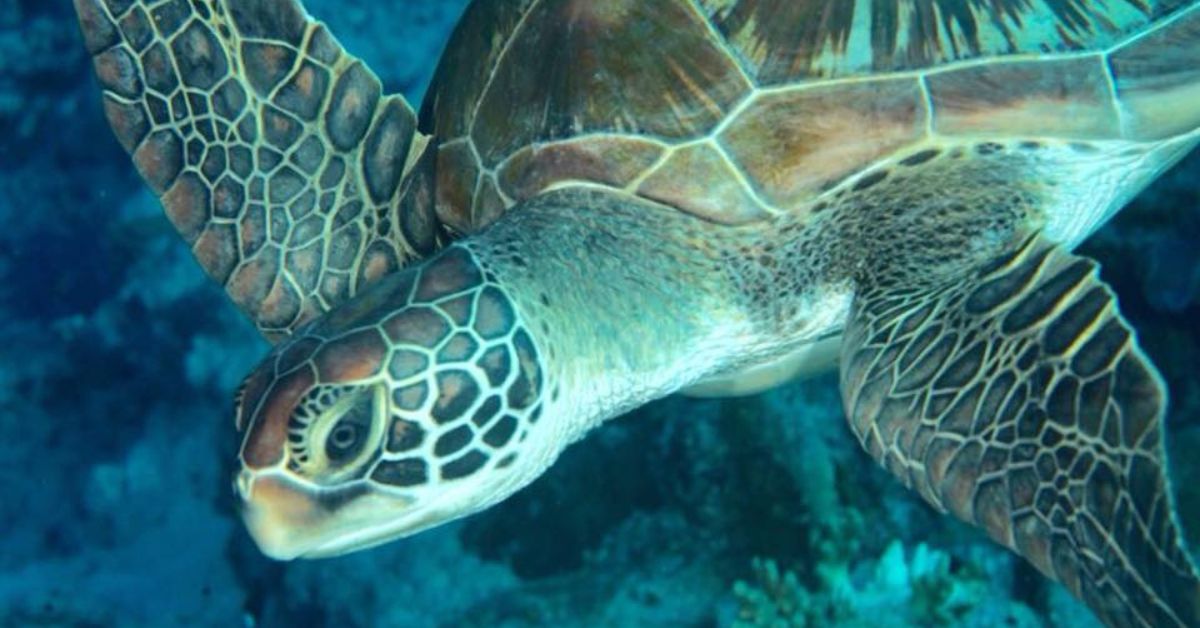
Popularity and Accessibility
Scuba diving is an exciting activity accessible to a broad audience, from beginners to experienced divers. There are countless beautiful destinations worldwide perfect for scuba diving, making it a popular form of underwater exploration.
While deep-sea diving is exhilarating, it demands a level of prowess not required of scuba diving and is not as readily available. This can make it less accessible to recreational divers, even if they’re dedicated to exploring at greater depths.
Underwater Encounters
Underwater encounters vary greatly between shallow and deep water, and this is one of the more obvious differences between scuba diving and deep-sea diving.
Scuba divers often encounter colorful fish, coral reefs, and marine mammals. Witnessing this stunning biodiversity firsthand is a unique experience that attracts many to scuba diving. During your dive, you may also explore underwater shipwrecks; what you see varies depending on the location.
Unlike scuba diving, which typically involves viewing vibrant coral reefs, abundant marine life, and clear waters, deep-sea divers encounter darker, colder, and more pressurized conditions. During a deep-sea dive, unique marine species, such as bioluminescent organisms, thrive at these extreme depths.
Deciding Which Activity Is for You
If you’re interested in exploring underwater realms and curious about the ocean’s beauty, scuba diving is a fantastic activity. It’s accessible to many and offers breathtaking encounters with marine life.
On the other hand, if you want to take underwater exploration to a whole new level, deep-sea diving is for you. It requires more training and specialized equipment but allows you to explore depths beyond what’s possible for most scuba divers.
Dive in Cenderawasih Bay
Dewi Nusantara is a luxury liveaboard that offers scuba diving experiences in beautiful Indonesian locations, including Cenderawasih Bay. Book your adventure to explore sites such as the WWII RAAF Catalina wreck and witness vibrant wildlife.


